This article was originally published in UCSB’s ‘The Current’.
Each summer, the Coastal Media Project filmmaking bootcamp at UC Santa Barbara culminates with long days and nights of editing and final touches ahead of a public showing of student-crafted documentaries, each an environmental short that’s conceptualized, shot, edited and screened in just nine weeks.
This year’s films reflect a range of storytelling as diverse as the aspiring filmmakers themselves — from marine mammal die offs and a celebrity sea otter to sand sculptures and what could be intriguingly described as Latinx surf club meets Chumash tomol paddle meets Black scientist scuba diver. The films will be screened from 7–9 p.m., Friday, Aug. 25, at the Pollock Theater. The event is free and open to the public; reserved tickets are recommended.
Sponsored by the Carsey-Wolf Center, the Coastal Media Project is an intensive 12-credit course offered through UCSB’s Department of Film and Media Studies. “The class is an incredible opportunity for students to learn environmental filmmaking,” said Chris Jenkins, the department’s head of production.
Friday’s event will showcase four films: “841” follows the current events surrounding an unruly sea otter mingling with surfers in Northern California; following a connoisseur and a sculptor, “Sand Symphony” explores the coast through an artistic guise; “The Salt on Our Skin” connects communities as they own and reclaim their ocean narratives; and “Stranded” covers the deadly impact of domoic acid on thousands of marine mammals in Southern California.
This summer, the class opened with an exploration of film theory in the context of documentary filmmaking taught by Summer Gray, an assistant professor of environmental studies.
“I teach at the nexus of documentary studies and critical environmental justice, emphasizing the politics of representation,” Gray said. “Students use this critical lens in their own films throughout the ideation and production process. In the first week, we used what’s called inquiry-based learning to create an asset library of ideas and resources, from which students generated concept maps for film ideas before they teamed up in the third week” to form production groups based on their interests.
Gray’s coursework overlapped with that of Jenkins and lecturer Ian Kellett, both of whom taught the technical nuts and bolts of shooting and editing.
“Basically, at first there’s a lot of emphasis on brainstorming, critical thinking and research,” Kellett said. “From there, it’s about gathering footage that’s simple, measurable, attainable, realistic and timely. From concept to delivery in nine weeks is relatively fast, so students must learn to shoot and edit simultaneously.” The public screening event, he added, “really puts the fire under their pants to finish their work and put it out there.”
The class also spent five days on Santa Cruz Island, sleeping and cooking at the UC field station, and scouting the beaches and coastal canyons on “video scavenger hunts” while learning to collaborate, Kellett said. “Working together on the island created very powerful team dynamics.”
Canon recently came aboard as a Coastal Media Project sponsor, outfitting the class with the latest camera bodies and lenses. The cameras’ face-detection autofocus feature performed exceptionally while photographing birds and other wild animals, according to Kellett. The latest in image-stabilization technology also came in handy while students shot from moving vehicles and watercraft.
Other notable technology upgrades included software that automatically transcribes soundbites from video but can also edit the video with adjustments to the transcription. An AI application also came into play, as well, as students in one instance were able to use podcast software to recreate a soundbite that was initially unusable because of too much background noise.
“Students get to work with top-notch equipment and passionate instructors,” Jenkins said, “and they have a fantastic time while gaining a thorough understanding of the challenges in documentary storytelling.”


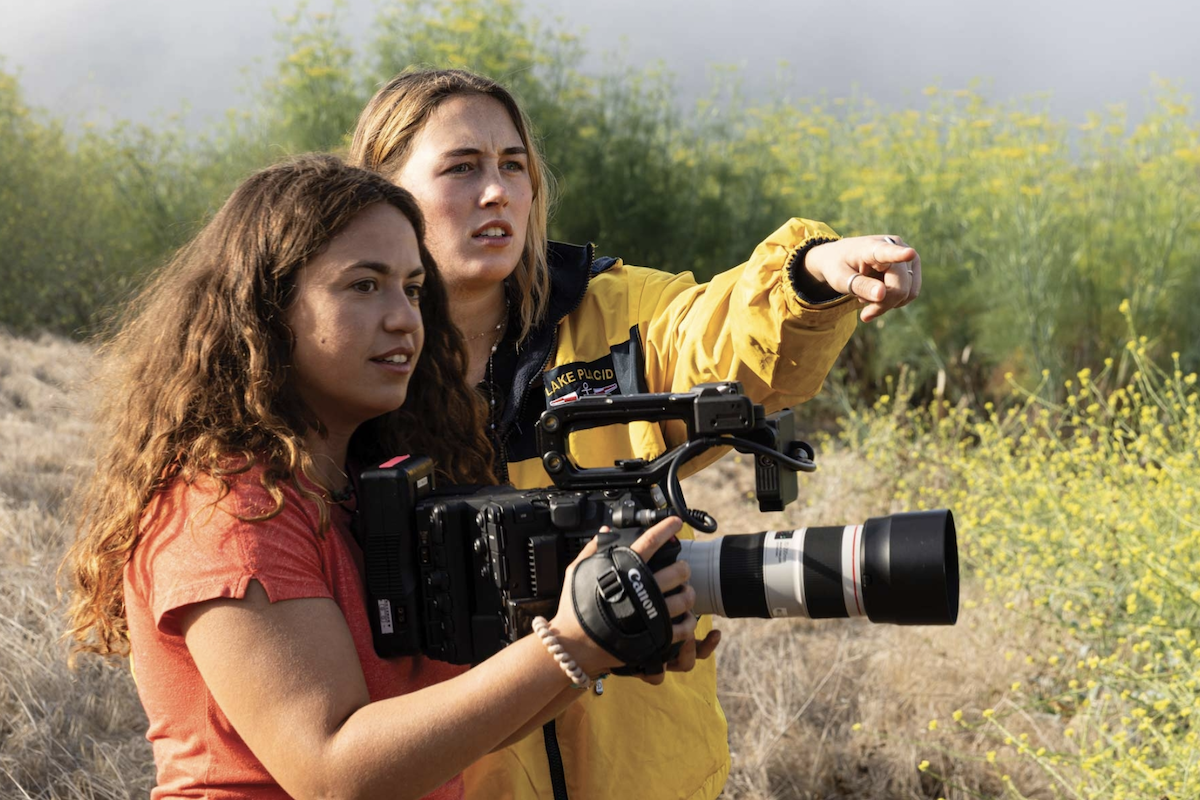
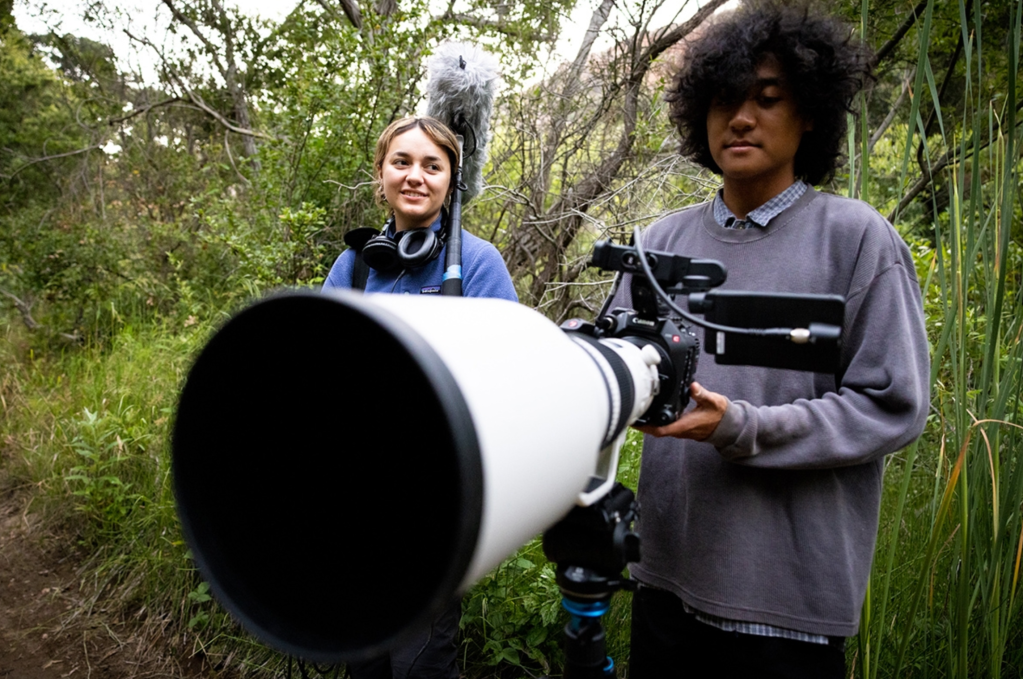

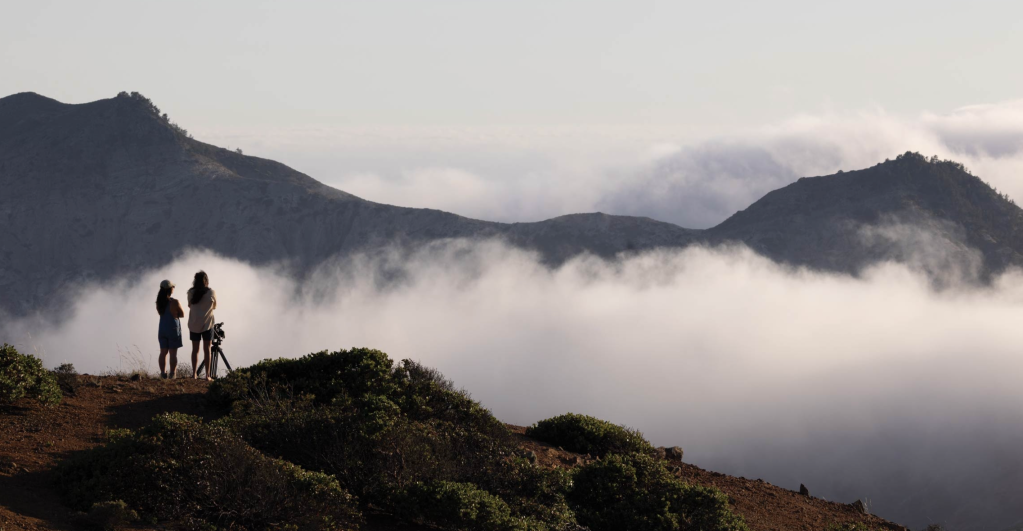
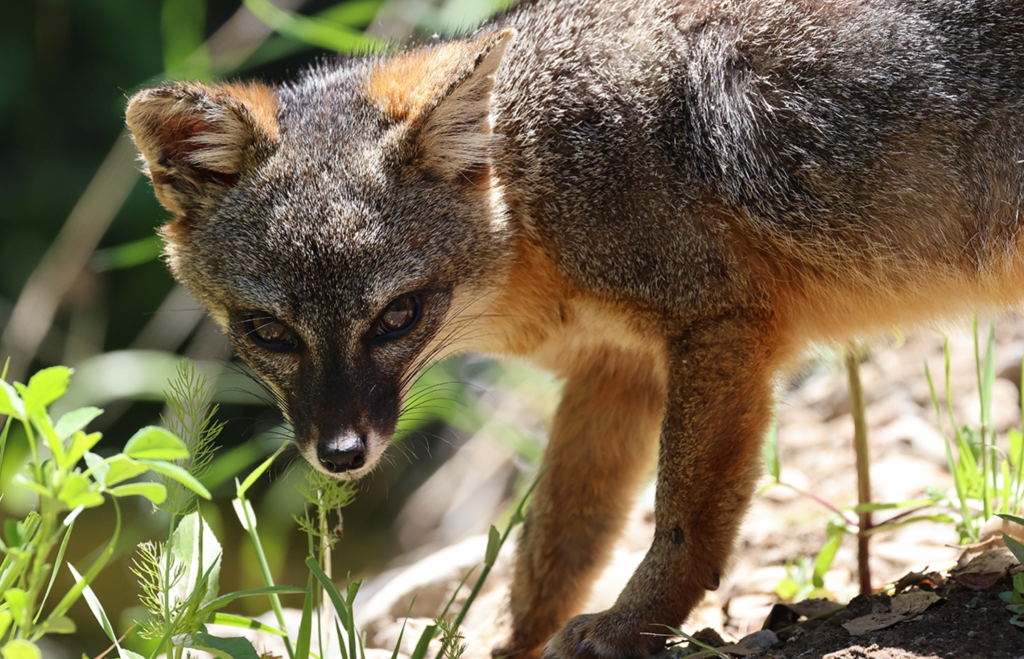
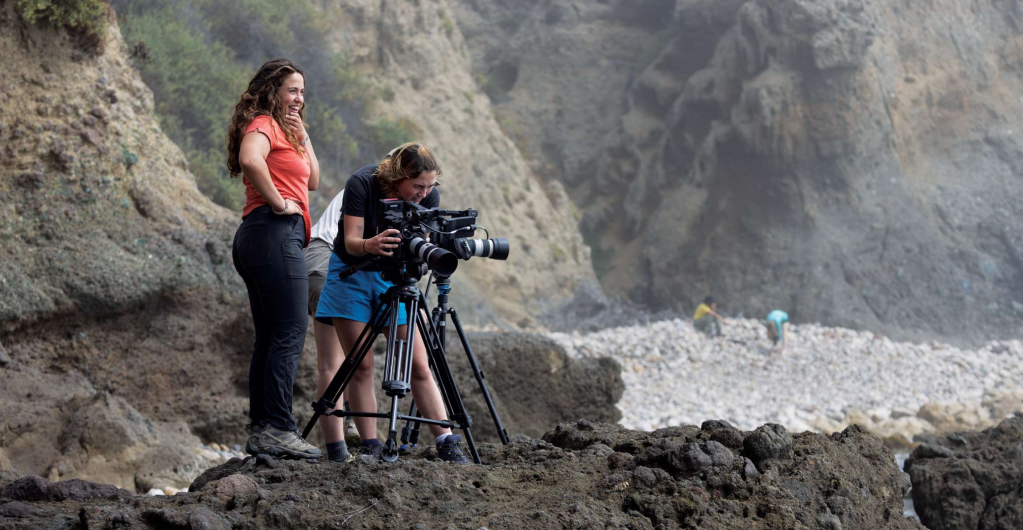
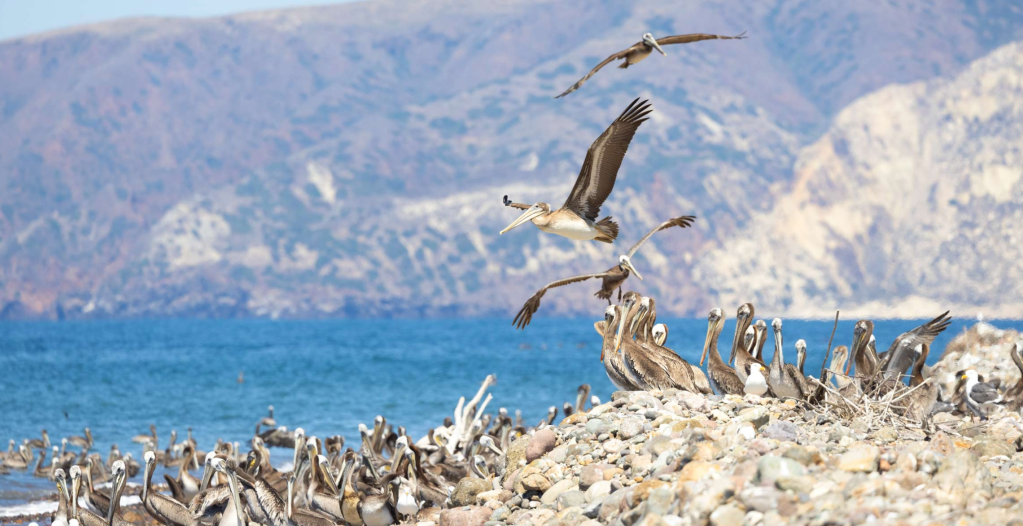



You must be logged in to post a comment.